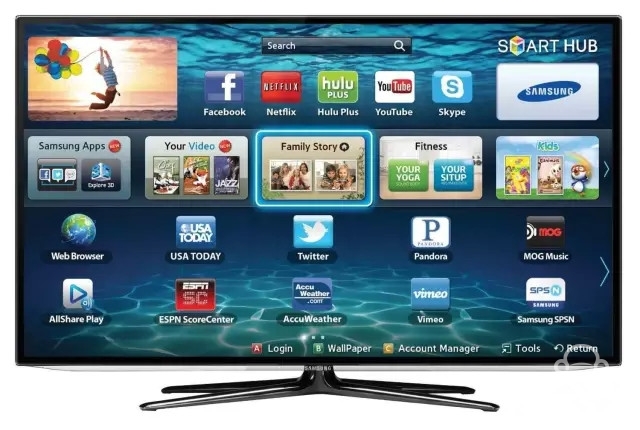
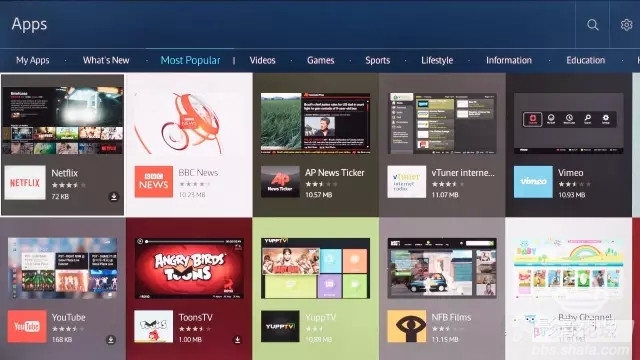
How is TVOS made?
The term "intelligence" is no longer new at present. For example, Android, ios, etc. in mobile phones have reached a stage where they are in full swing, while smart TVs and network set-top boxes are still dominated by Android smart systems. But at the root of it, Android is born for mobile phones and is imposed on television. There are always some unsatisfactory statuses in the application experience. For this reason, traditional TV companies have started to develop their own proprietary smart TV operating systems. Foreign companies are relatively more advanced in this respect. LG intends to use 70% of its TV sets with its acquired webos system, and Samsung has already planned to use its own Tizen system for next-generation smart TVs.
Looking at the domestic television industry, the standards for televisions are set by the Ministry of Industry and Information Technology, and in terms of the broadcast and content control of smart TVs, they will be subject to the control of the SARFT. The fierce relationship between the two is something TV companies cannot ignore.
The open source nature of the Android system is like a double-edged sword. It ensures the richness and diversity of application software for users. In terms of supervision departments, there are many unmonitored contents on the Internet, especially network video. To this end, the General Administration of Press, Publication, Radio, Film and Television issued a notice in July and decided to expand the pilot range of TVOS smart TV operating systems among cable operators. In the future, terminals such as OTT set-top boxes issued by cable operators should install and use TVOS 1.0 software, and no other operating systems other than TVOS should be installed.

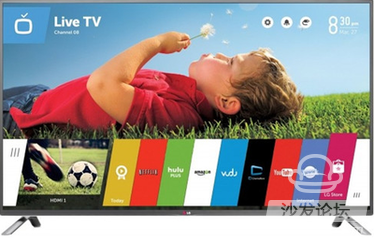
SARFT's smart TV system is difficult to promote
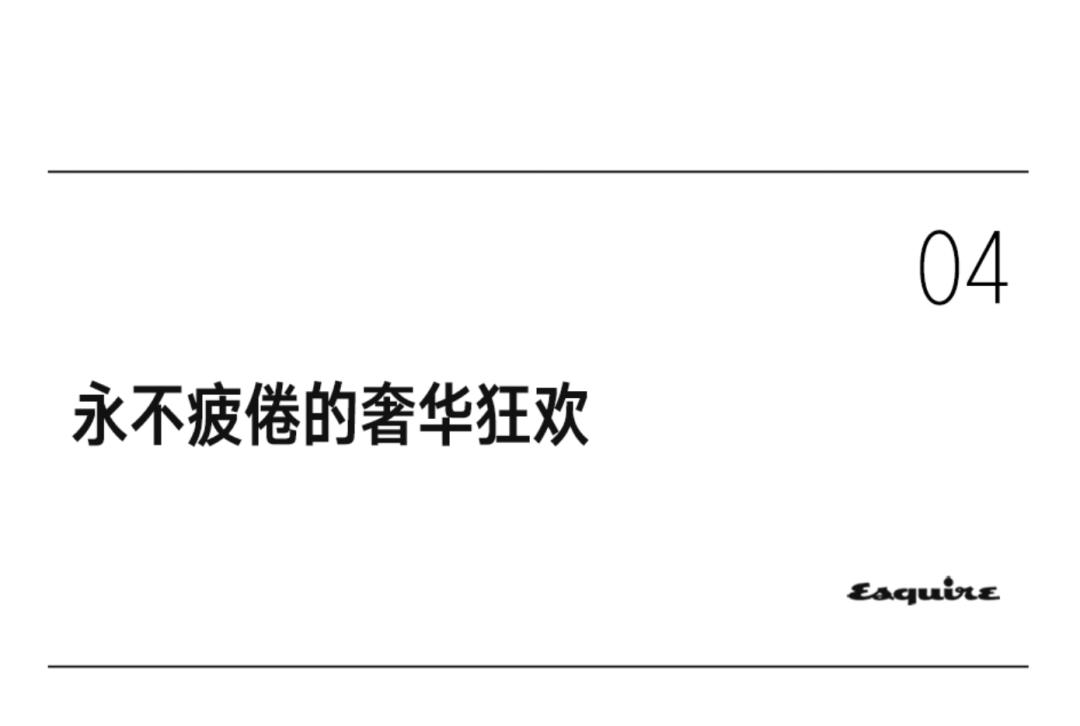
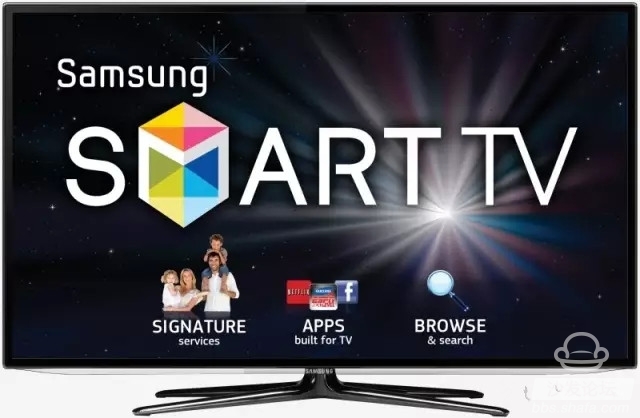
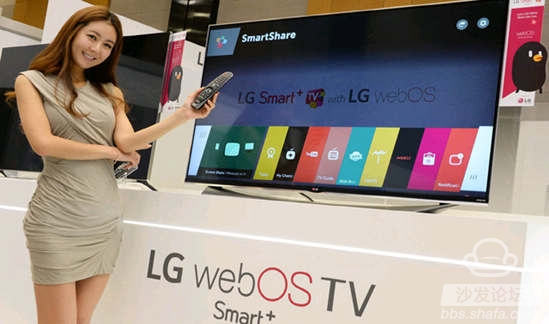


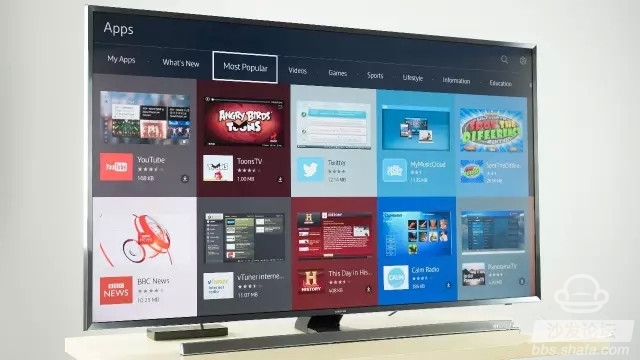


There is no smoke in the battlefield.
In the current smart TV field, there is no unified industry standard, and various smart TV platforms have separatist parties. For example, LG, Samsung, Panasonic, and Sony have adopted different systems. They are WebOS, Tizen, Firefox, and Android, which are the four major operating systems for smart TVs. Please pay attention to the topics in the next issue.
The off-grid inverter is an inverter used in off-grid solar power generation systems. Its main function is to convert the direct current generated by solar panels into alternating current to meet the power demand in off-grid environments, such as in remote areas, In camping, boats, or moving vehicles.
Main effect:
Converts the direct current generated by solar panels into alternating current to supply the power needs of homes, mobile devices, or other electrical appliances.
Off-grid inverters are usually equipped with battery energy storage systems, which store excess power so that they can continue to supply power when the solar panels cannot generate enough power.
Differences from On-Grid Inverter:
Connection method: Off-grid inverter is an inverter used in the off-grid system and does not need to be connected to the grid. They are often used in places where there is no access to the grid, such as remote areas, wild camping, or outlying islands.
Grid requirements: Unlike on-grid inverters, off-grid inverters do not need to meet grid requirements and standards because they are not connected to the grid. They can operate independently and can be adapted to different off-grid environments.
Self-sufficiency: The off-grid inverter is equipped with a battery energy storage system, which can store excess electricity so that it can continue to supply electricity when the solar panels are unable to generate electricity. This makes the off-grid system self-sufficient and not dependent on an external grid for power.
Application scenarios: Off-grid inverters are widely used in remote areas, camping, ships, mobile vehicles, and some special-purpose scenarios. On the other hand, grid-connected inverters are mainly used in home, commercial, and industrial photovoltaic power generation systems connected to the grid.
In general, the main function of the off-grid inverter is to convert the direct current generated by the solar panels into alternating current to meet the power demand in the off-grid environment and achieve self-sufficiency by being equipped with a battery energy storage system. In contrast, on-grid inverters connected to the grid are mainly used to integrate solar power into the grid, realize the interaction between solar power and the grid, and comply with the requirements and standards of the grid.
off grid solar inverter,off grid 3 phase inverter, off grid solar power inverter, off grid solar inverter 5kw, off grid solar inverters for sale
Ningbo Autrends International Trade Co., Ltd. , https://www.aitsolarpanels.com